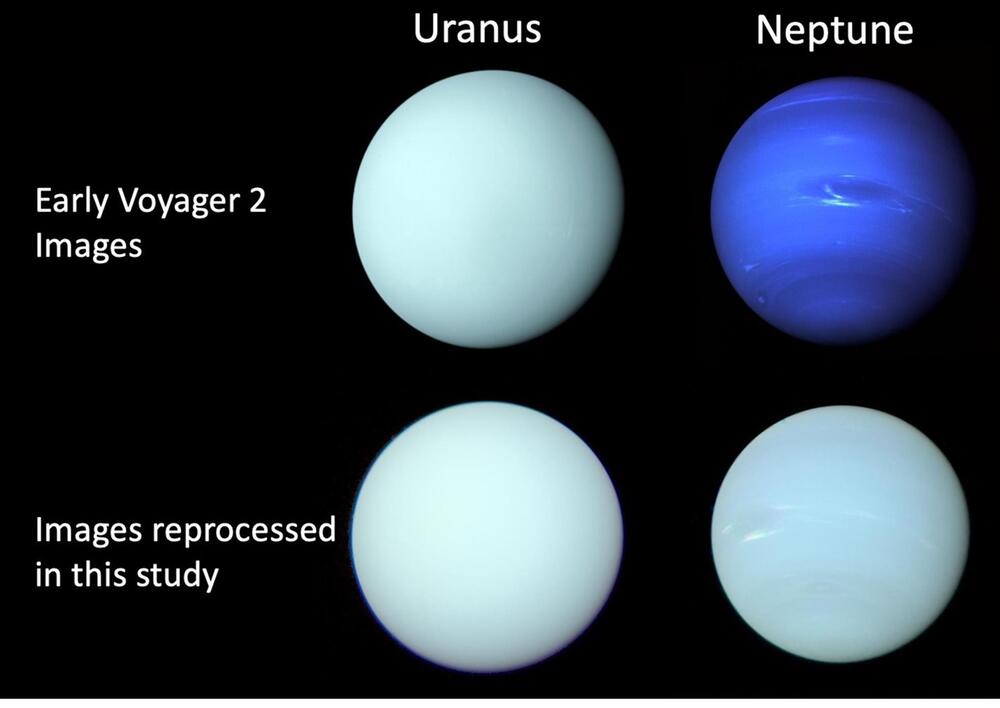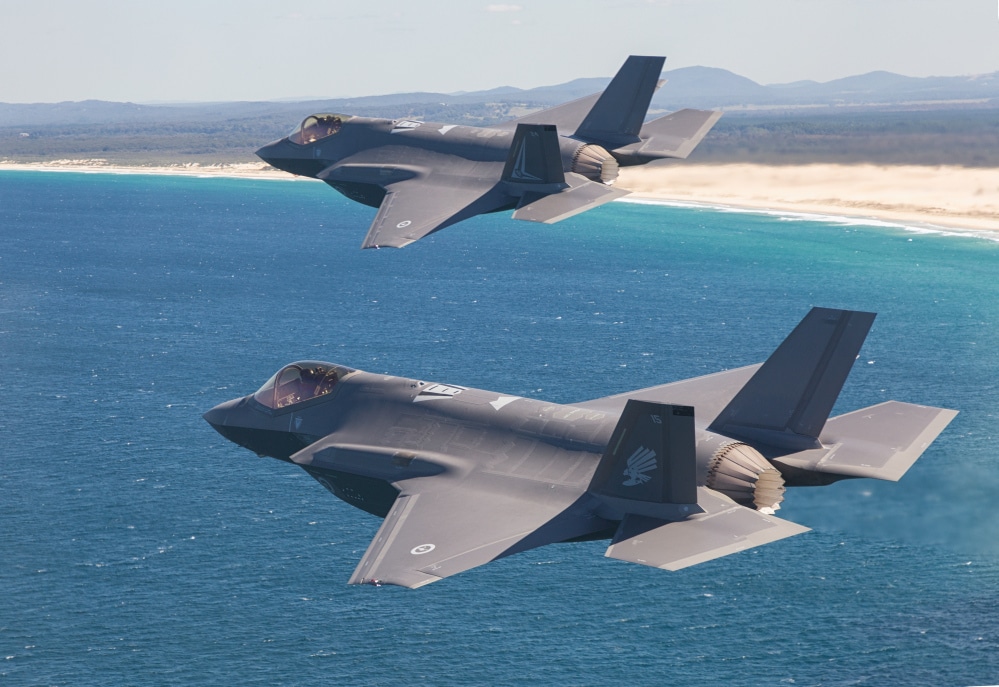The planet Neptune impresses with its dark blue hue in many images of our solar system. However, according to researchers, this is wrong. They were also able to solve the mystery of the planet Uranus.
Both Uranus and Neptune have a light blue-green color, with Neptune leaning slightly blue. This is shown through a new analysis of images of the Voyager 2 space probe conducted by an international research team. However, due to the original processing of the image in the 1980s, Neptune often appeared strong blue.

© German Press Agency / Patrick Irwin
Scientists reported that the color of Uranus also changes seasonally due to the methane ice haze Monthly Notices of the Royal Astronomical Society.
The misconception persists even in professional circles
Voyager 2 was the only Earth spacecraft to date to fly by Uranus on January 24, 1986, and Neptune on August 25, 1989, and for the first time sent high-resolution images of these two outer solar system planets back to Earth. “The difference in color of Uranus and Neptune is much smaller than in images published at the time,” Patrick Irwin of the University of Oxford and his colleagues wrote. “Especially in images of Neptune, contrasts have been greatly increased in order to highlight weak and dark structures.”
It also led to the strong blue color, something scientists were well aware of at the time, but as Irwin and his colleagues note, is now largely forgotten. The misconception that Neptune is blue is still widespread, even among experts.
So the team took the old images again and compared them with more modern measurements at the Hubble Space Telescope and the Very Large Telescope at the European Southern Observatory in Chile.
Read also: Gerst: It is possible that there are traces of terrestrial life on the moon
The colors of Uranus and Neptune are very similar
Voyager 2 did not provide true color images, but rather took a series of images using different color filters. However, incorporating these elements into an image with true colors is no easy task – especially when it also involves bringing out faded details.
In contrast, current telescopes provide spectra from which color can be more easily determined. However, due to the large distance between the two planets and Earth, the resolution is much lower than close-up images taken by Voyager 2.
Combining old and new data now shows how similar the colors of the two planets are, with both showing only a faint blue-green shimmer, barely visible blue relative to Neptune.
This is why Uranus's color changes seasonally
Through their study, Irwin and his colleagues were able to solve the mystery of why Uranus changes color seasonally over the course of its 84-year orbit around the sun. To do this, the researchers compared their analyzes with archival recordings from Lowell Observatory in the USA from 1950 to 2016.
Read also
It turns out that Uranus becomes a little greener when one of its poles points toward the sun. A kind of haze of methane ice particles appears to form over the pole in question, causing the color to change to green, according to scientists. (pp/dpa)

“This is how the editorial team works“It teaches you when and what we report bugs, how we handle bugs and where our content comes from. When reporting, we adhere to guidelines Journalism Trust Initiative.

“Prone to fits of apathy. Zombie ninja. Entrepreneur. Organizer. Evil travel aficionado. Coffee practitioner. Beer lover.”







More Stories
The cosmic journey from the Big Bang to stardust
Copilot comes to Outlook mobile apps
AOC Graphic Pro U3: A new color-accurate monitor series for creative people